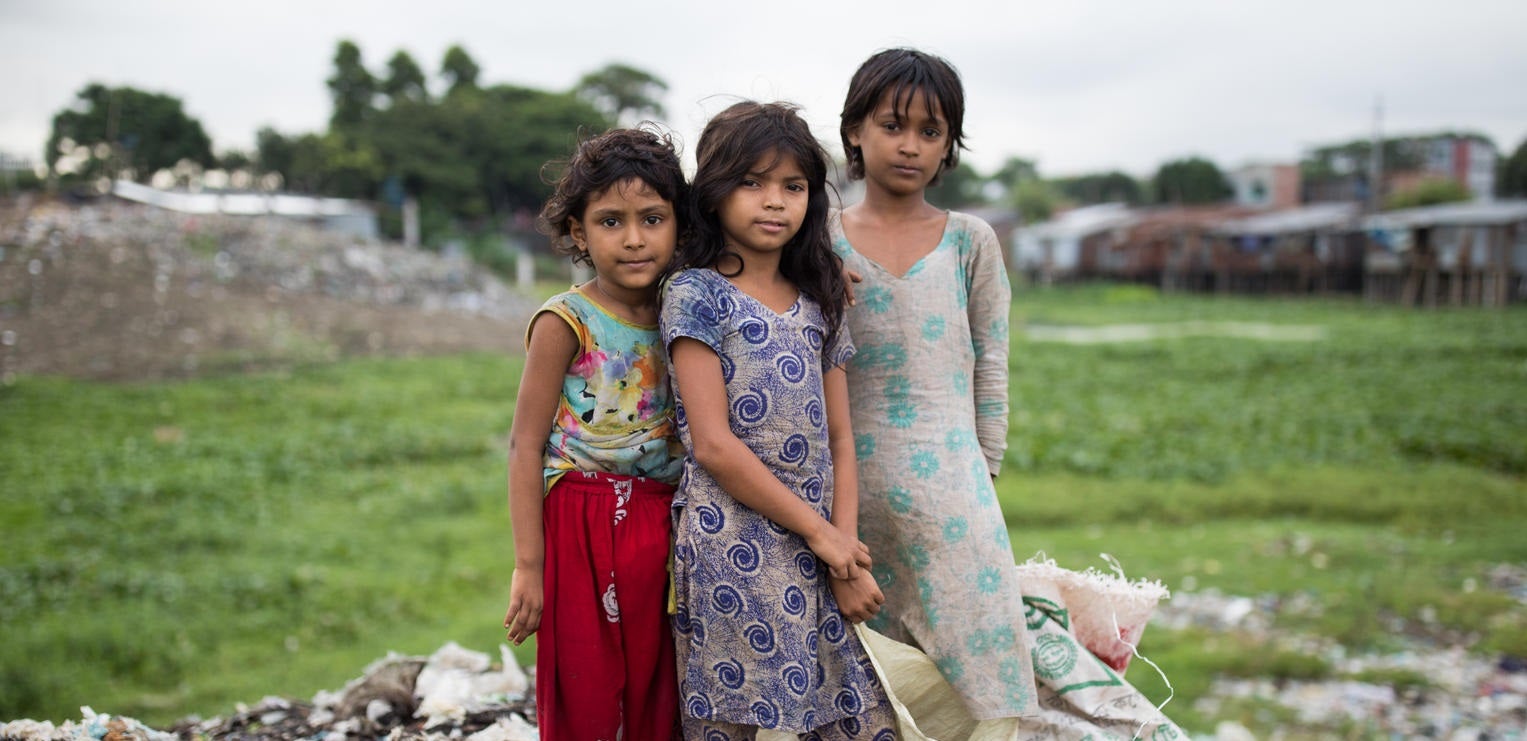A new report from UNICEF has found that by 2050 every child on the planet will be subjected to more frequent heatwaves, while 2.2 million Australian children could experience living in areas where the average length of a heatwave is predicted to last longer than 4.7 days.
“These findings show that we urgently need to adapt the services children rely on, such as public spaces, infrastructure, and education, to prevent the worst impacts of heatwaves, while simultaneously continuing to reduce emissions,” said Nishadh Rego, Advocacy and Policy Manager for UNICEF Australia.
Heatwaves kill more Australians than any other natural hazard, including bushfires, storms, tropical cyclones, and floods, and are especially damaging to children, as they are less able to regulate their body temperature compared to adults. The more heatwaves children are exposed to, the greater the chance of health problems including chronic respiratory conditions, asthma, and cardiovascular diseases.
By 2050, with a projected 2.4 degrees of warming, UNICEF estimates that:
- Every child in Australia will be subject to more than 4.5 heatwaves a year
- Up to 2.2m Australian children could be living in areas where heatwaves will last longer than 4.7 days
- 10% of Australian children could be living in areas where severe heatwave events will occur
- The number of children who live in areas where the temperature exceeds 35°C for 83+ days a year could double.
“With COP27 only a few weeks away, globally, all governments must revisit national climate plans and policies and cut emissions significantly. In Australia we need to lead and respond to this manifestation of the climate crisis,” says Mr Rego.
“On 4 January 2020, Penrith was the hottest place on earth at 48.9C, and during heatwaves in 2011 and 2019, hospitals across NSW experienced a 14% rise in emergency room admissions and a 13% rise in mortality.
“This new report shows that heatwaves are only going to intensify in both number and duration, and we need to be prepared for this.”
UNICEF Australia calls for governments of all levels, federal, state and local to:
- provide targeted support to schools in heatwave-prone areas, including the installation of air-conditioning and upgrades to energy efficiency in rooms and buildings
- invest in public health systems to respond to more frequent, longer, and severe heatwaves
- provide children and young people with climate change education, and disaster risk reduction, green skills training so that they are more prepared for more frequent and severe hazards such as heatwaves.
Notes to editors
- The Coldest Year Of The Rest Of Their Lives: Protecting Children From The Escalating Impacts Of Heatwaves is produced in collaboration with The Data Collaborative for Children and launched in partnership with UNICEF Goodwill Ambassador Vanessa Nakate and Africa-based Rise Up Movement, these findings underscore the urgent need to adapt the services children rely on as unavoidable impacts of global heating unfold.
View the report here: https://www.unicef.org/reports/coldest-year-rest-of-their-lives-children-heatwaves
Multimedia assets: https://weshare.unicef.org/Package/2AMZIF7XM7FW


